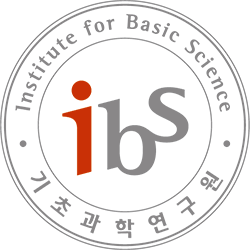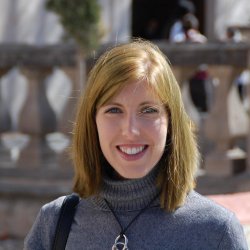Physics-constrained neural ordinary differential equation models to discover and predict microbial community dynamics – Kang Min Lee
B232 Seminar Room, IBS 55 Expo-ro Yuseong-gu, Daejeon, Daejeon, Korea, Republic ofIn this talk, we discuss the paper "Physics-constrained neural ordinary differential equation models to discover and predict microbial community dynamics" by J. Thompson et al., bioarxiv, 2025. Abstract Microbial communities play essential roles in shaping ecosystem functions and predictive modeling frameworks are crucial for understanding, controlling, and harnessing their properties. Competition and cross-feeding of metabolites …





